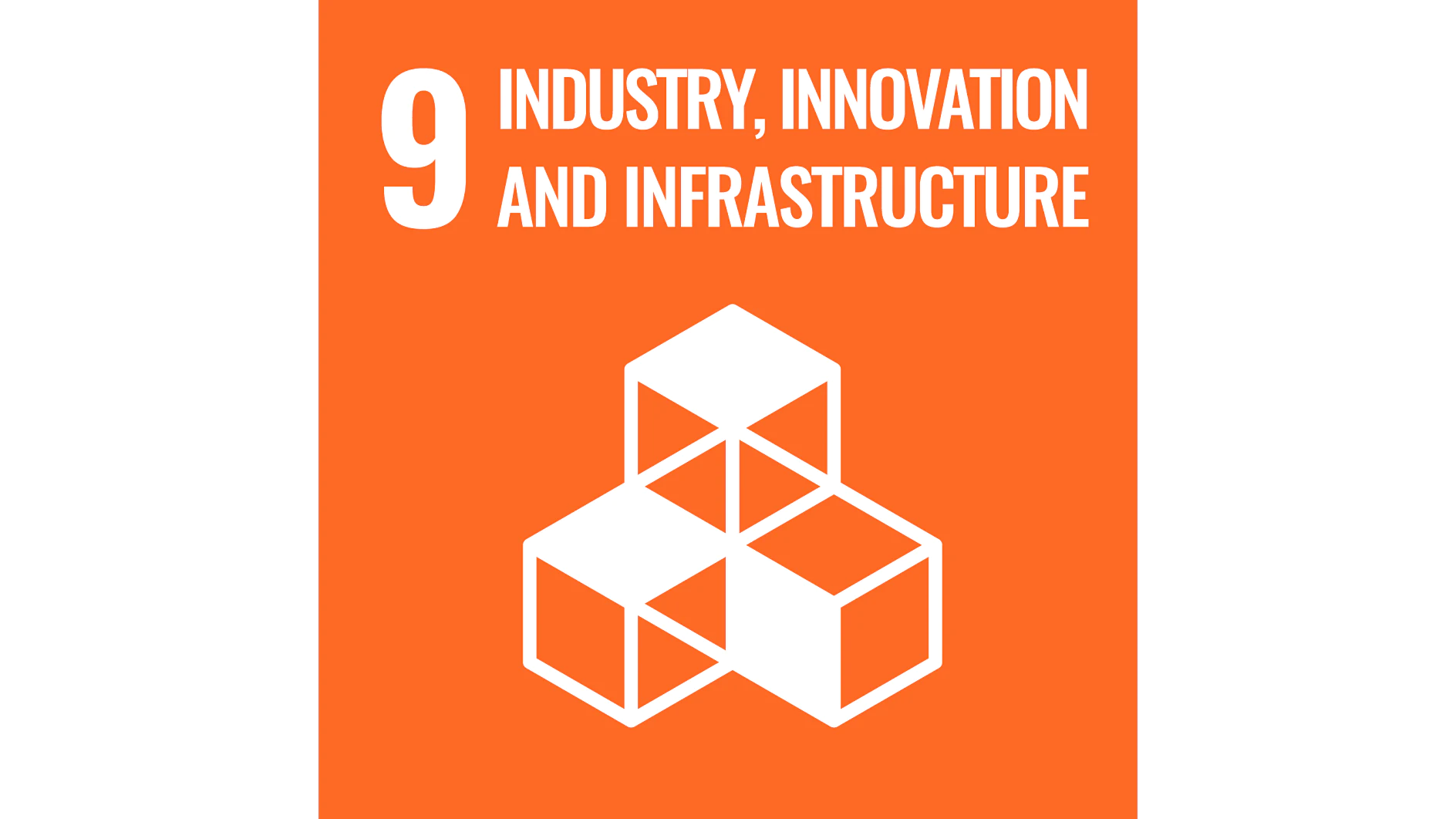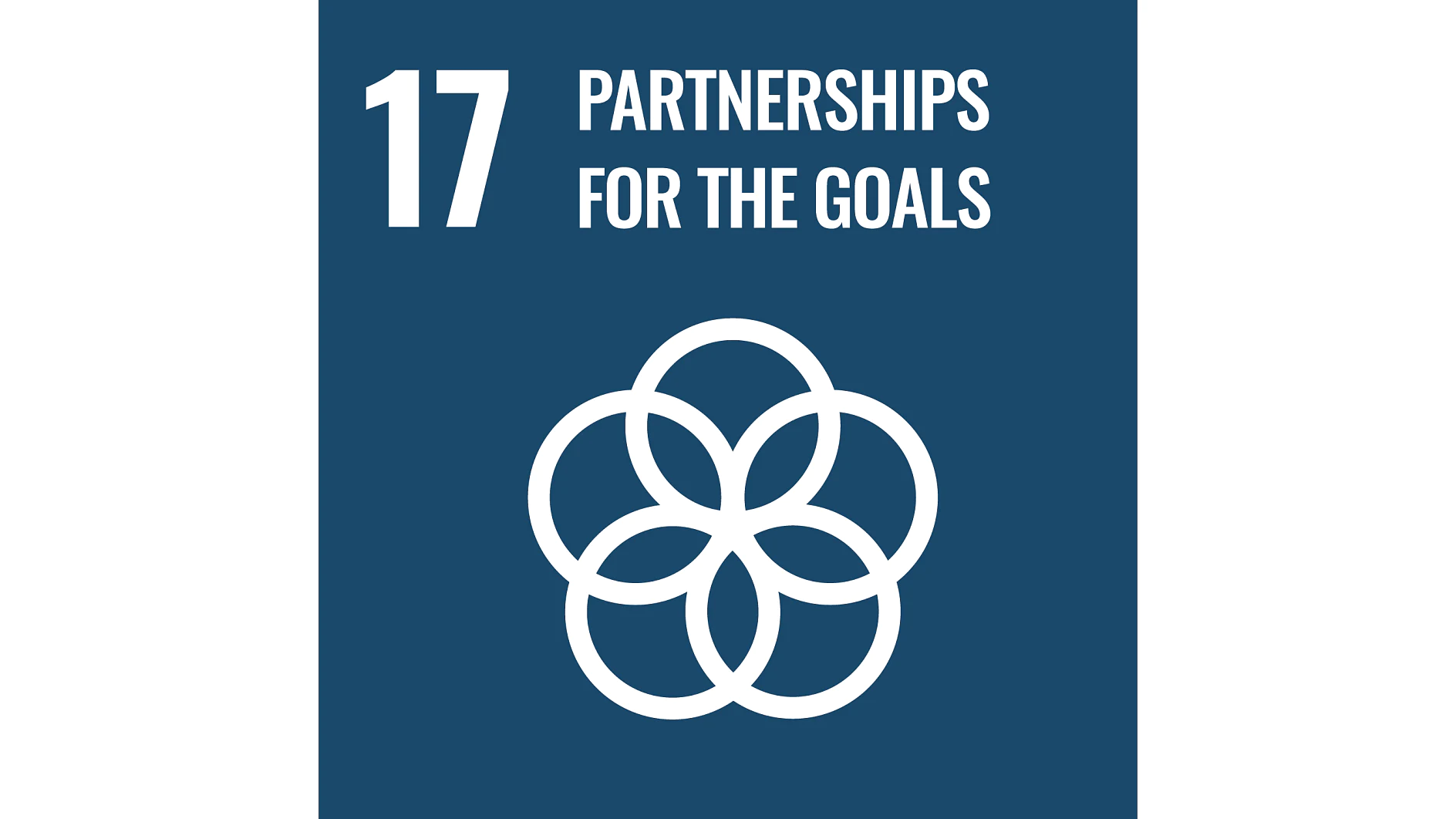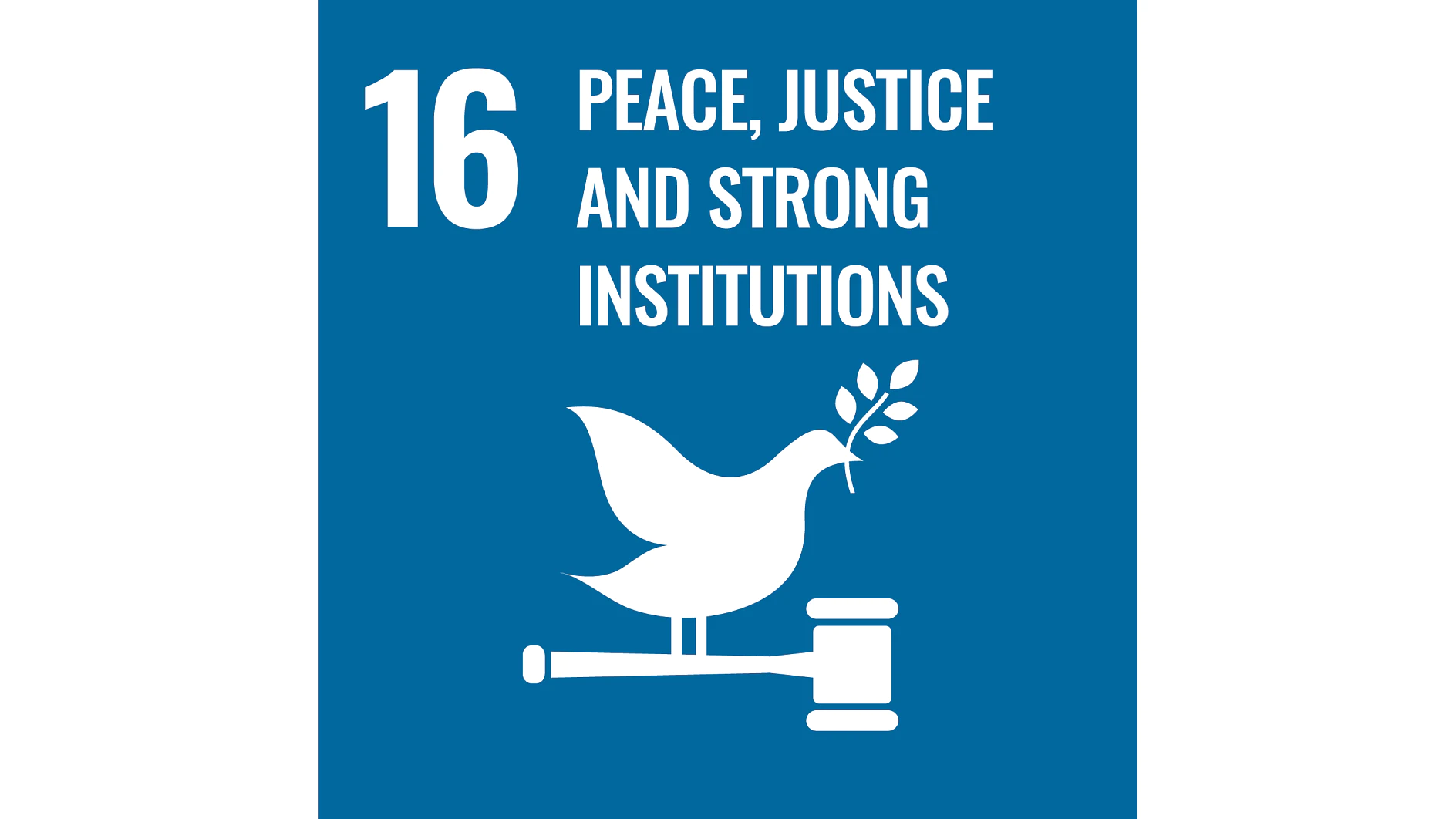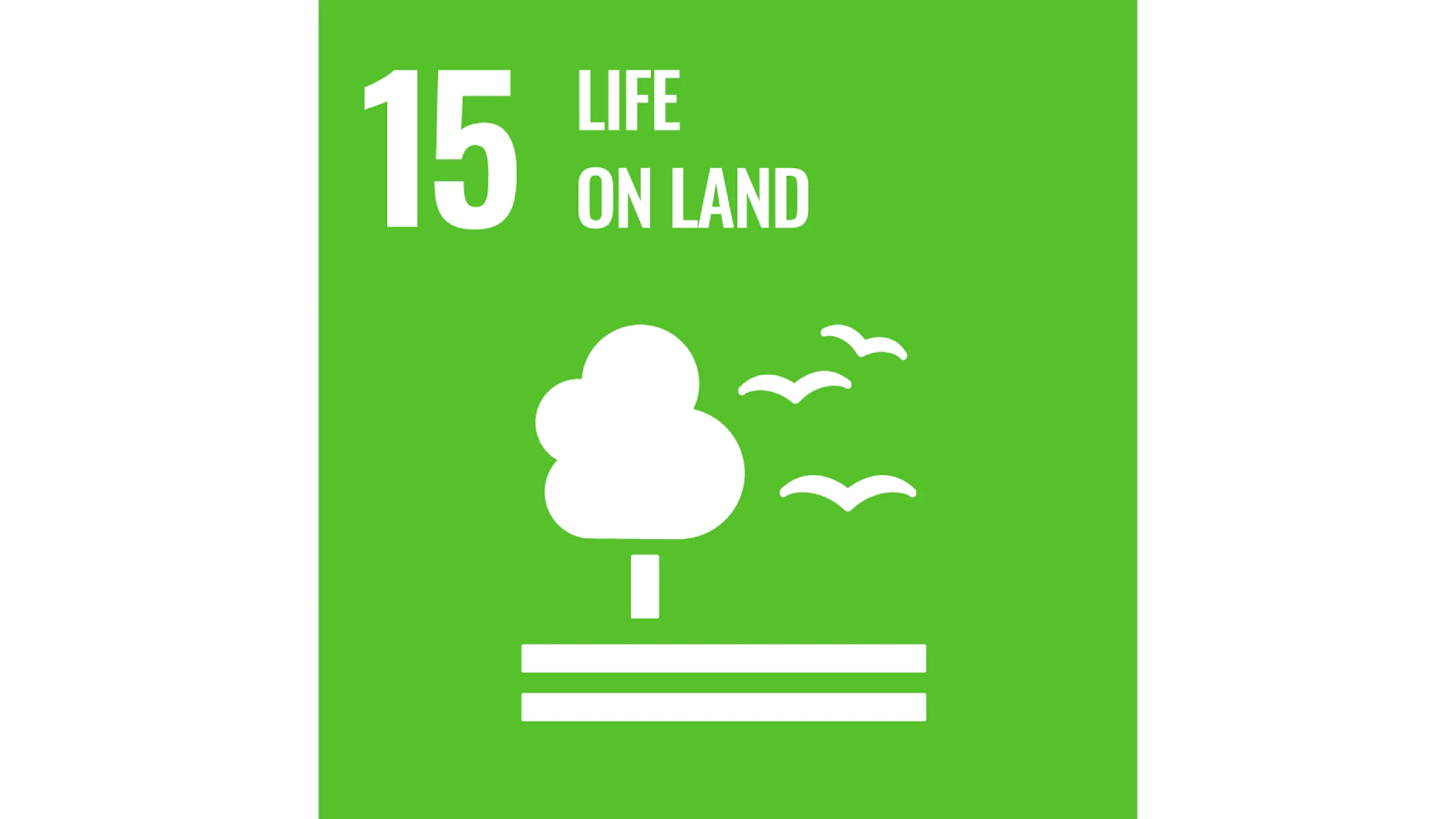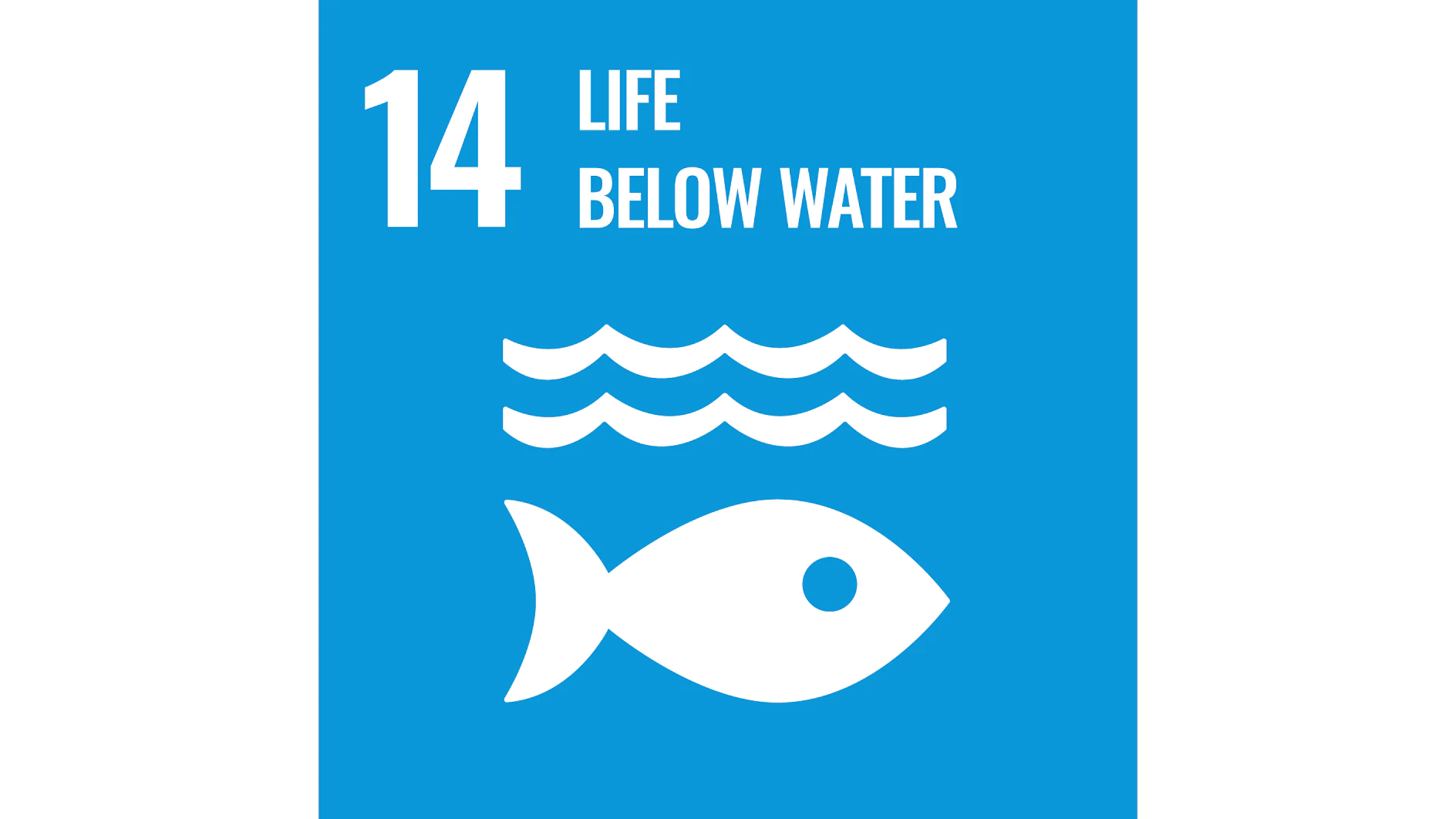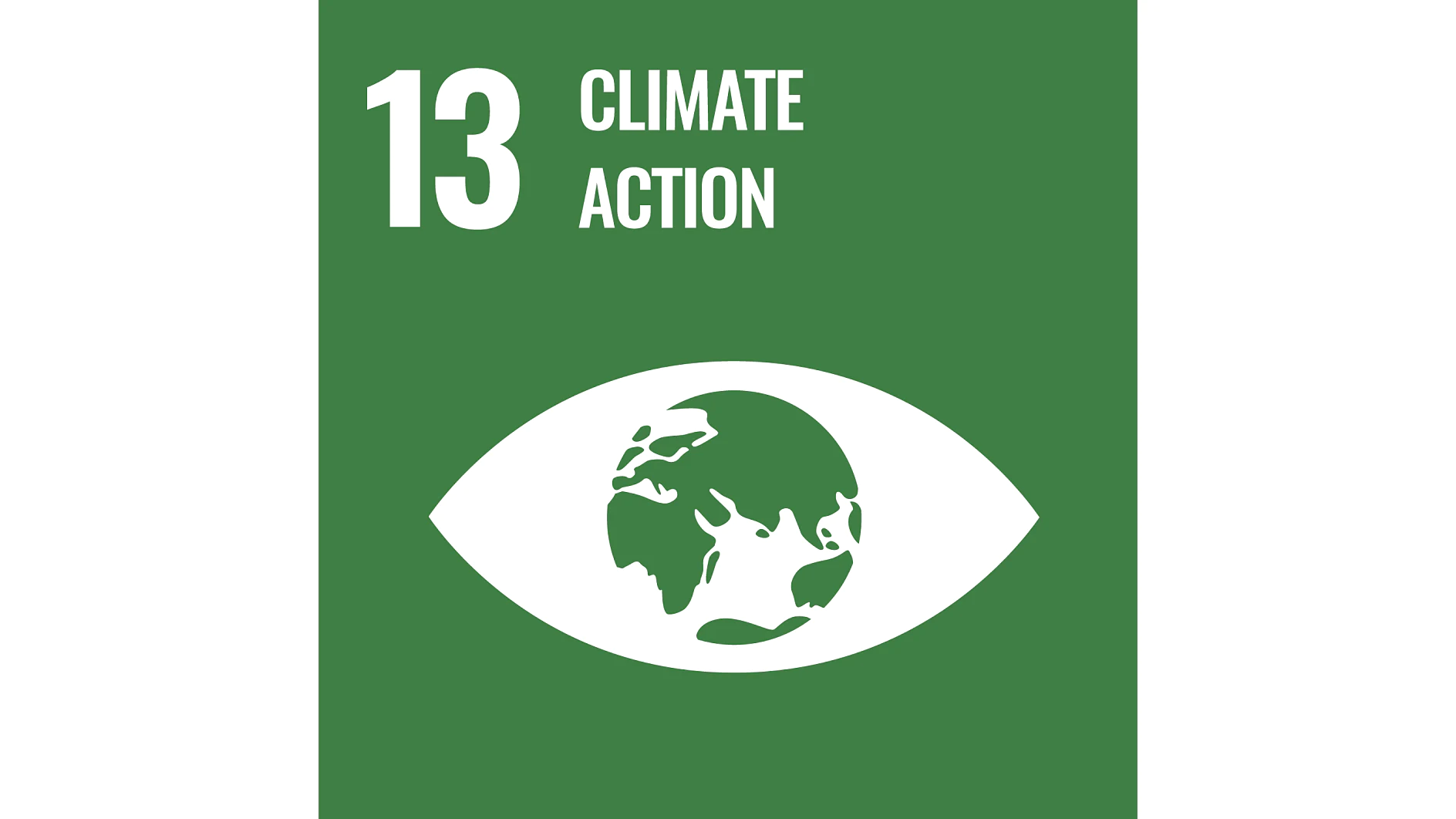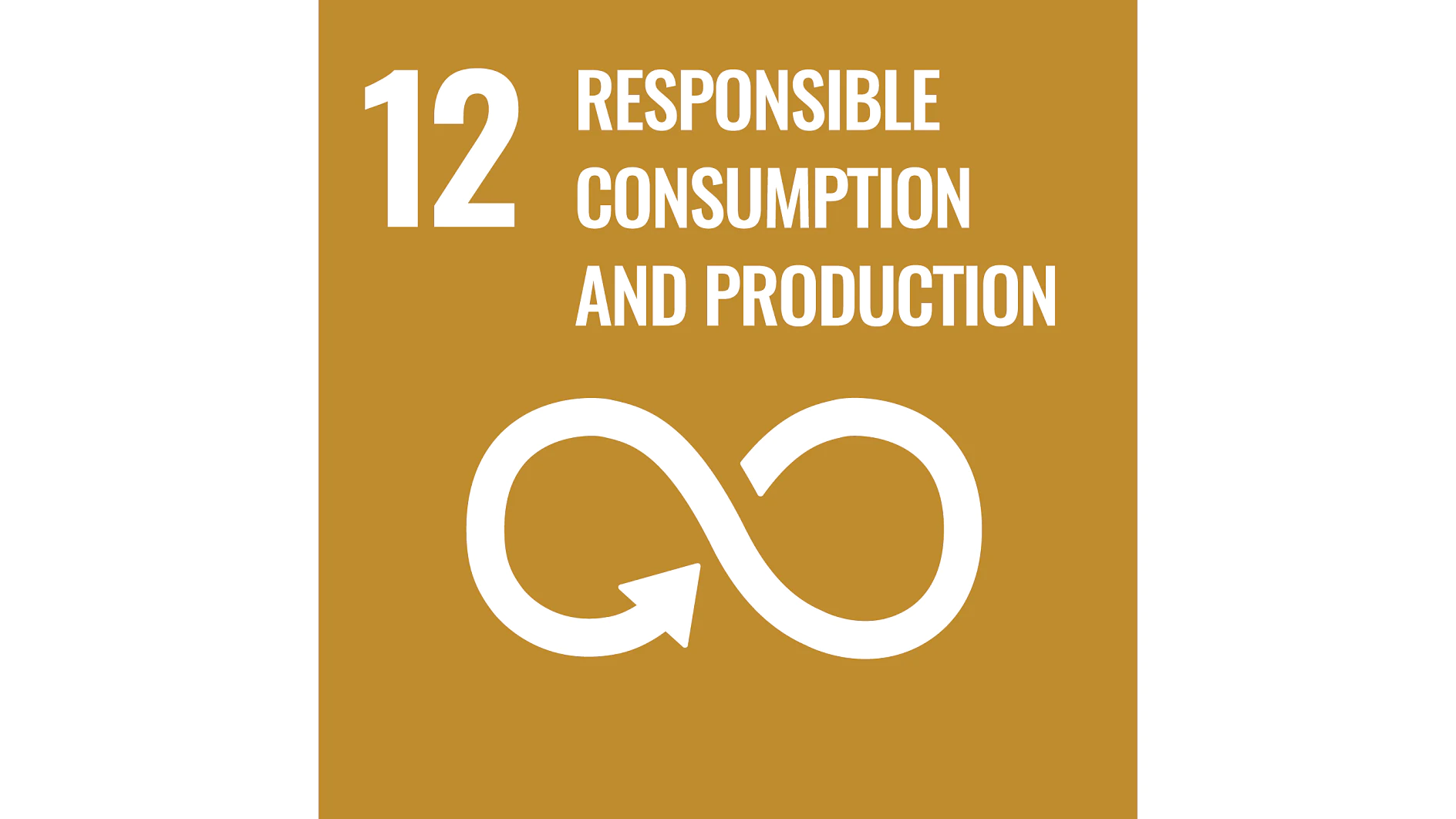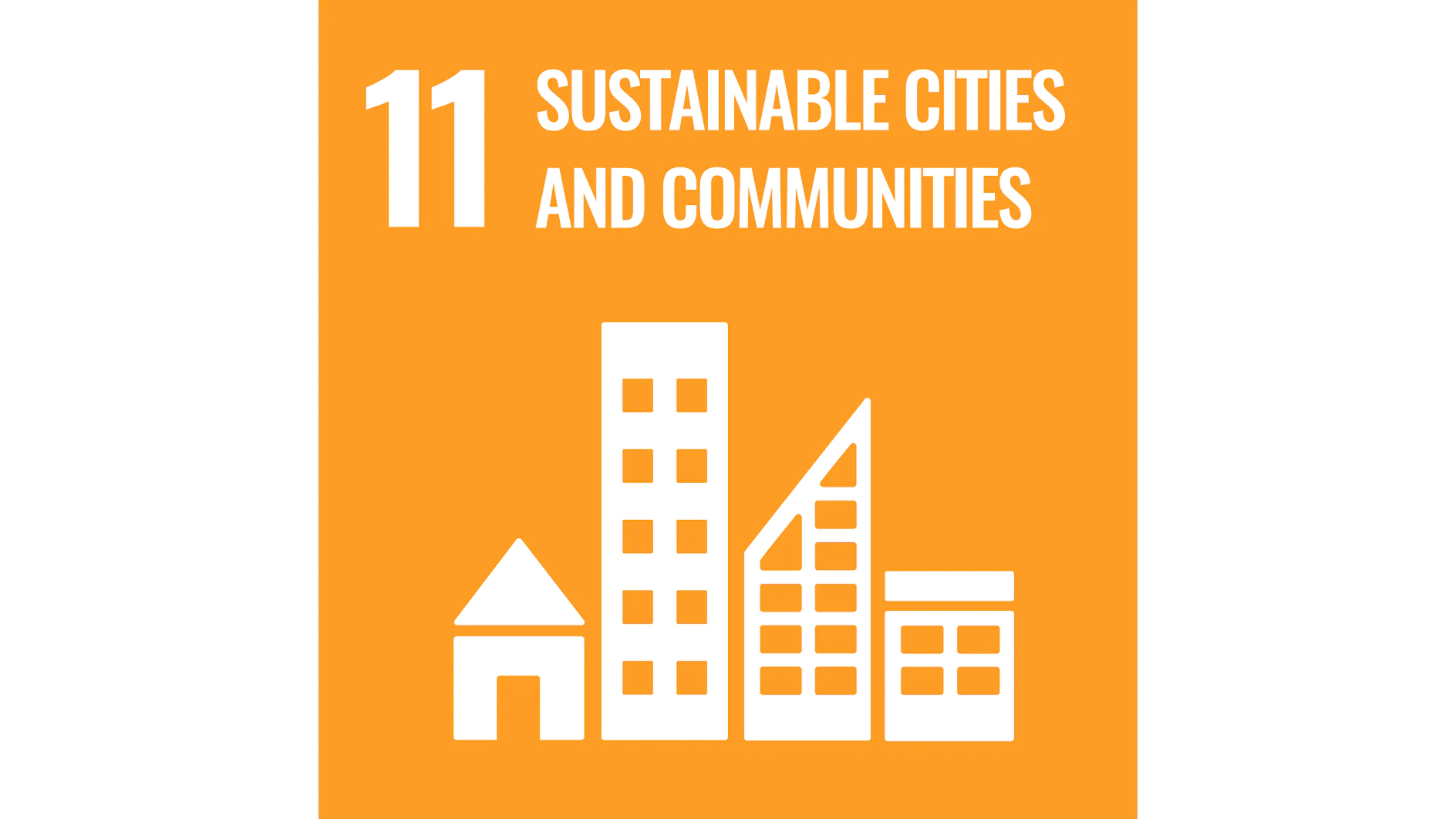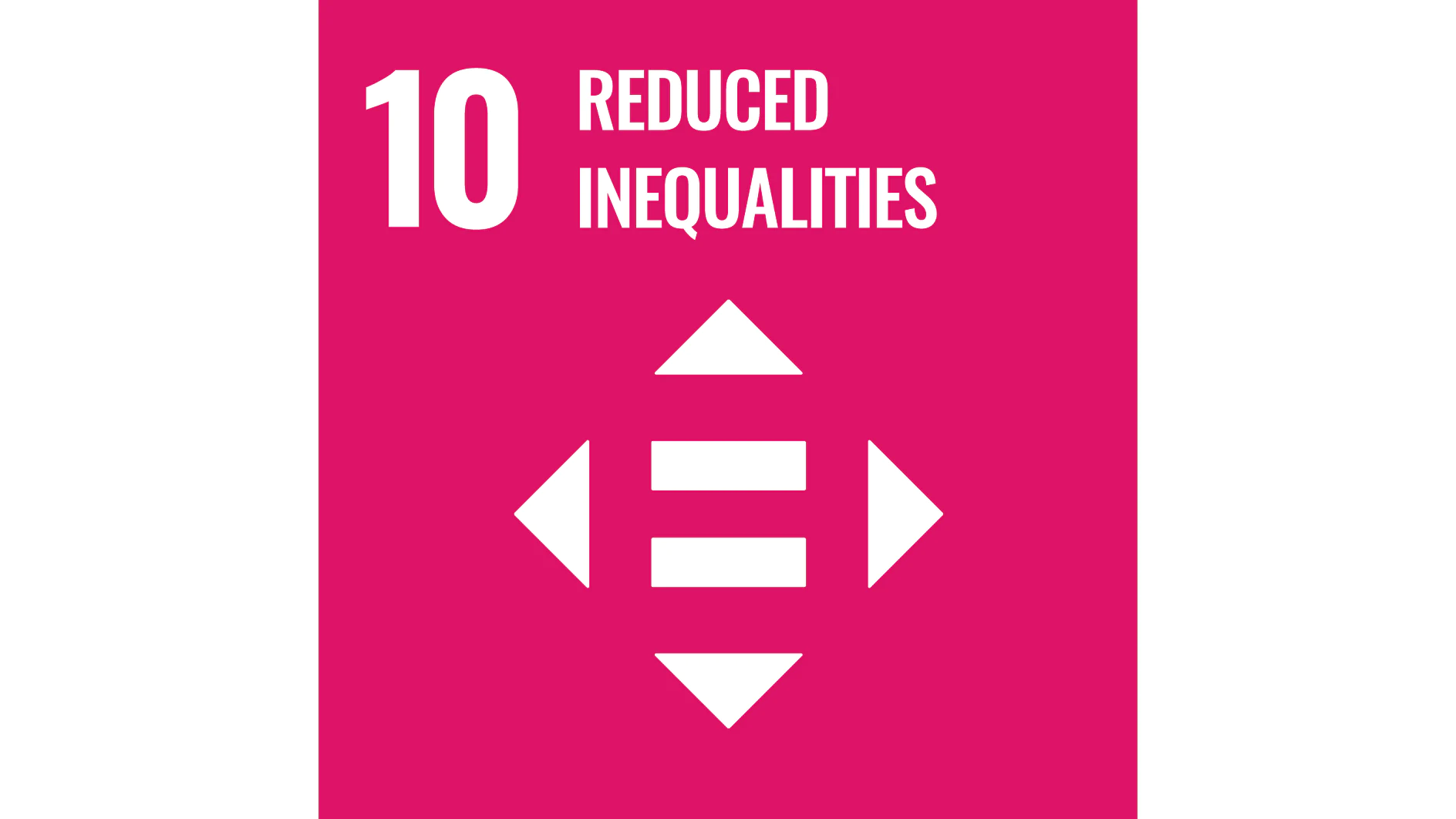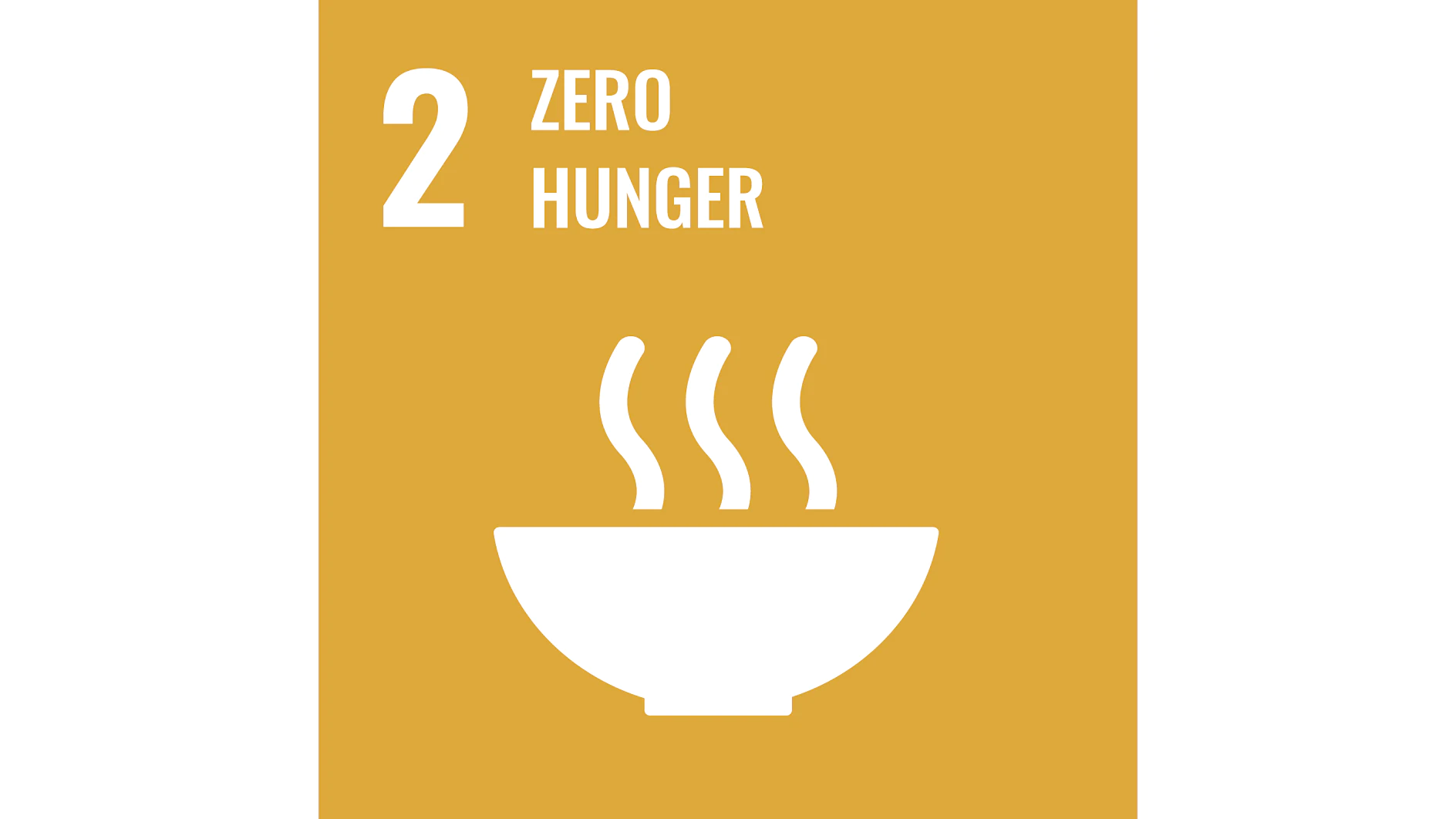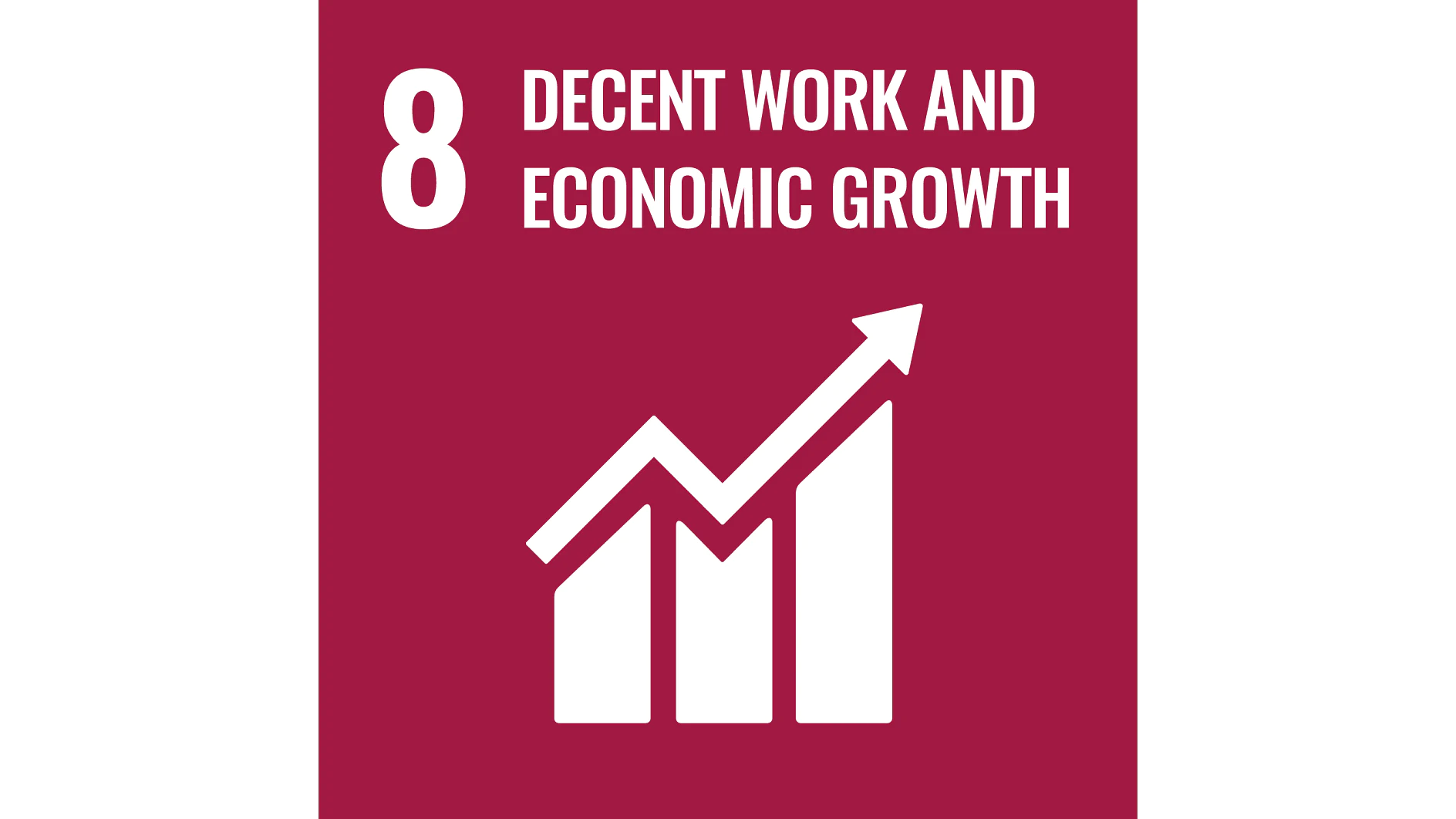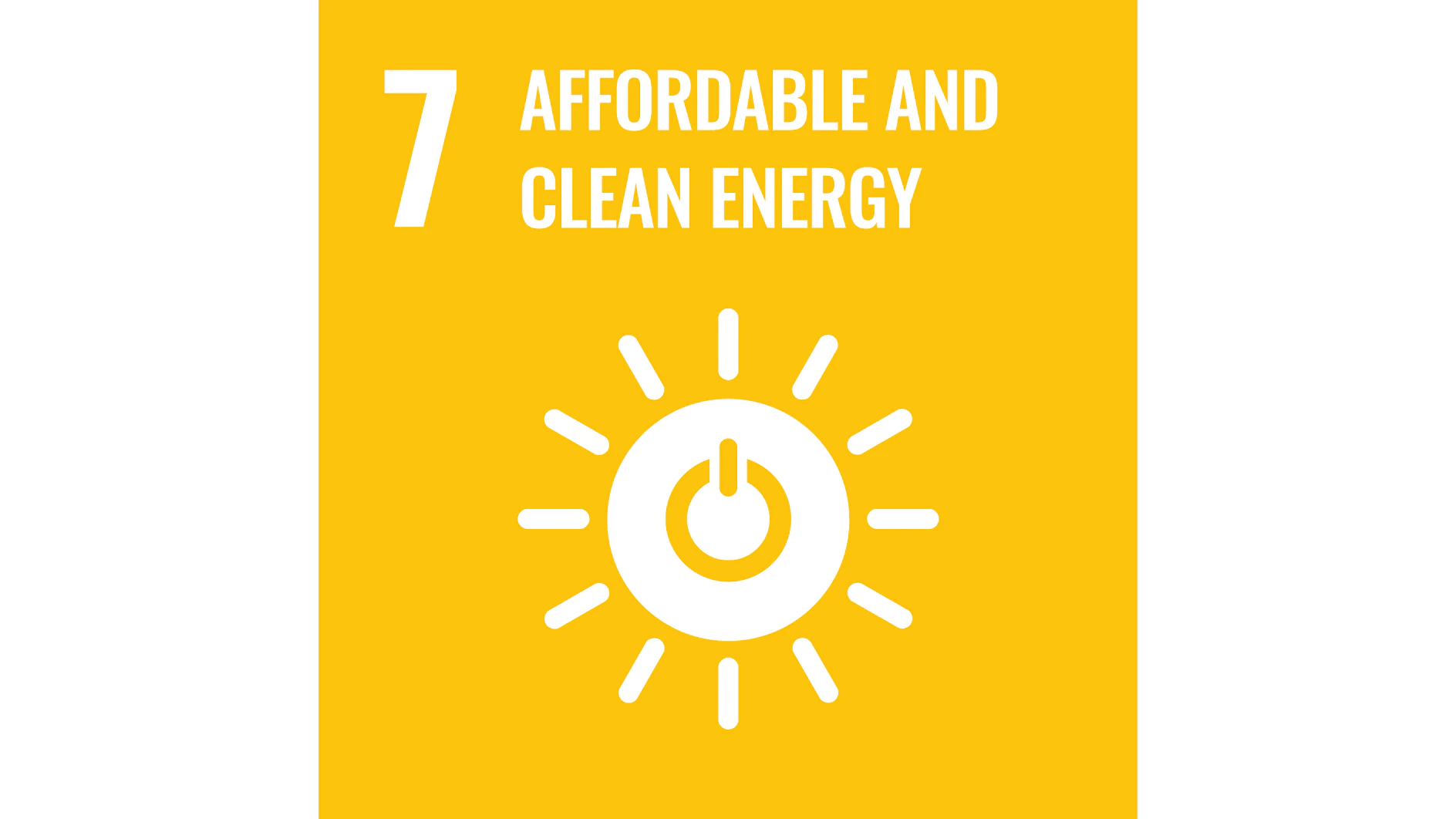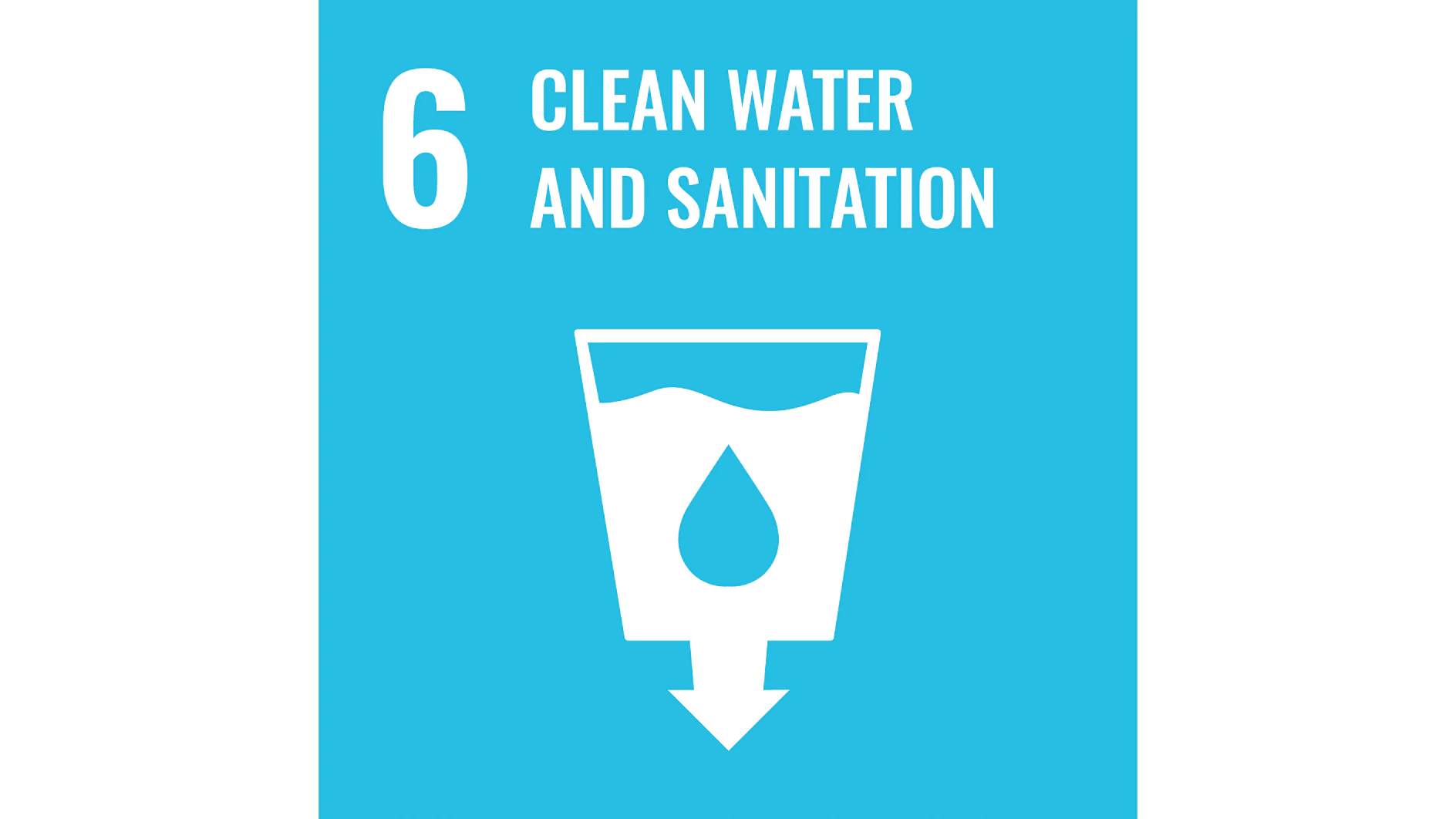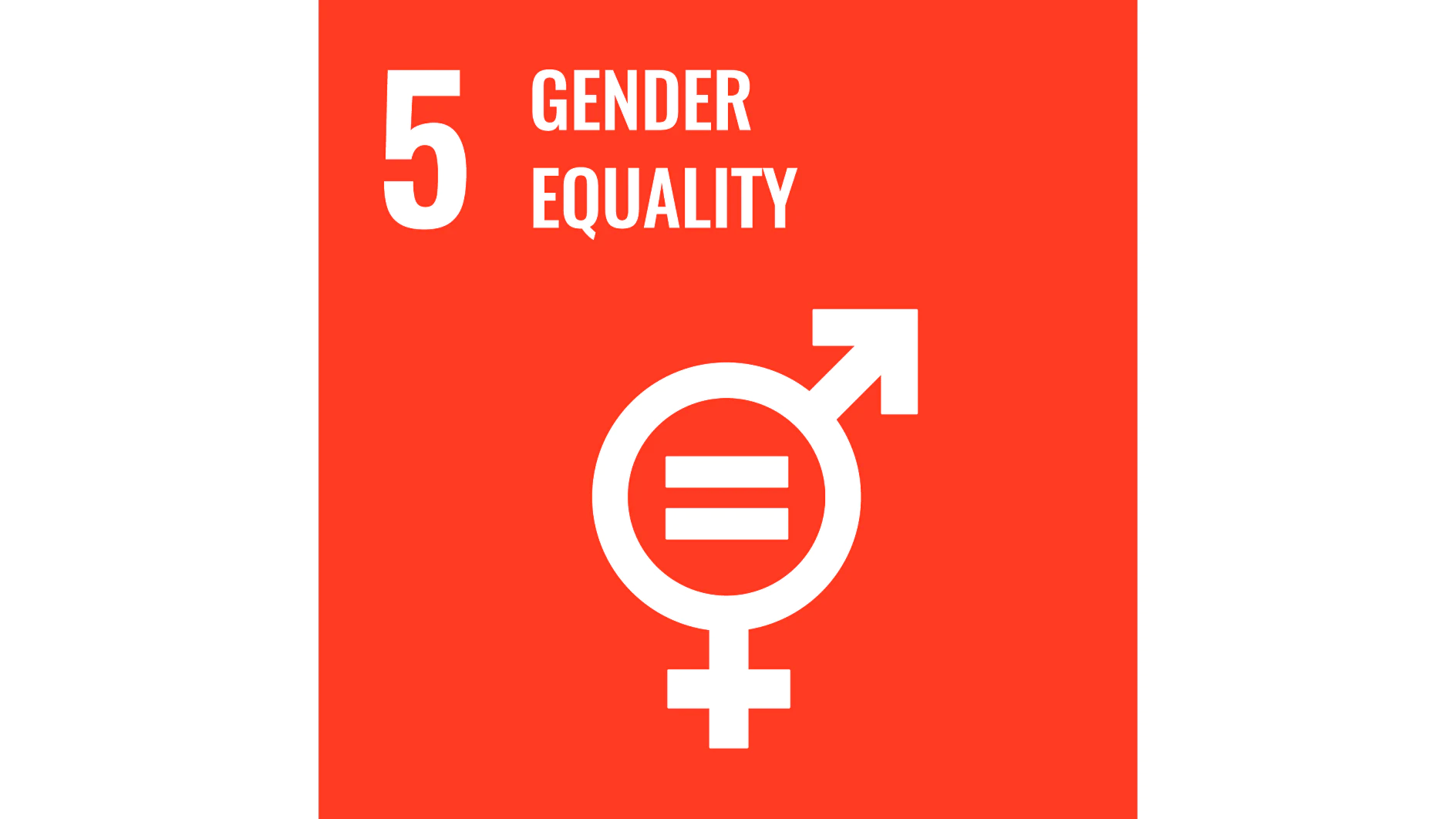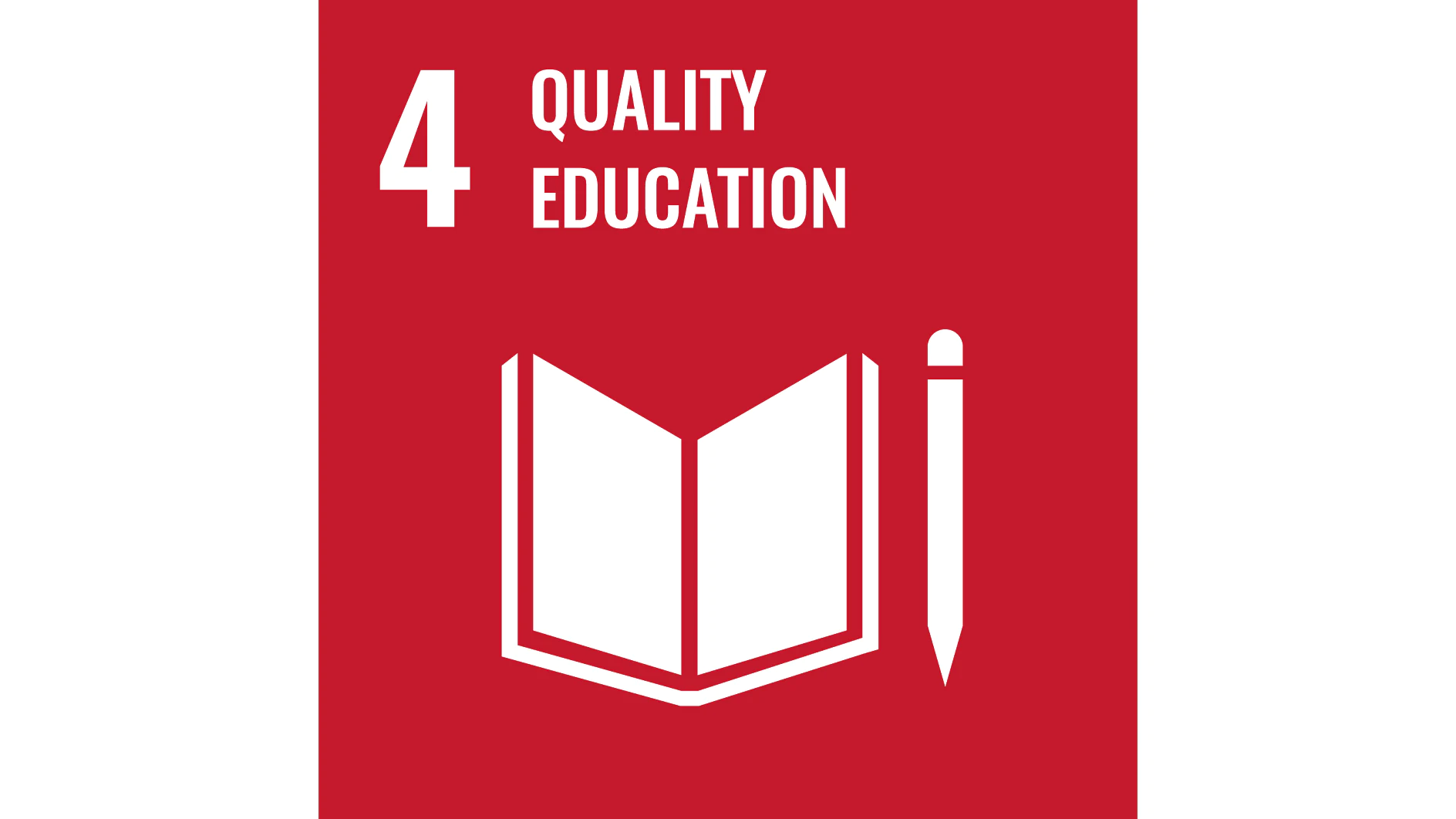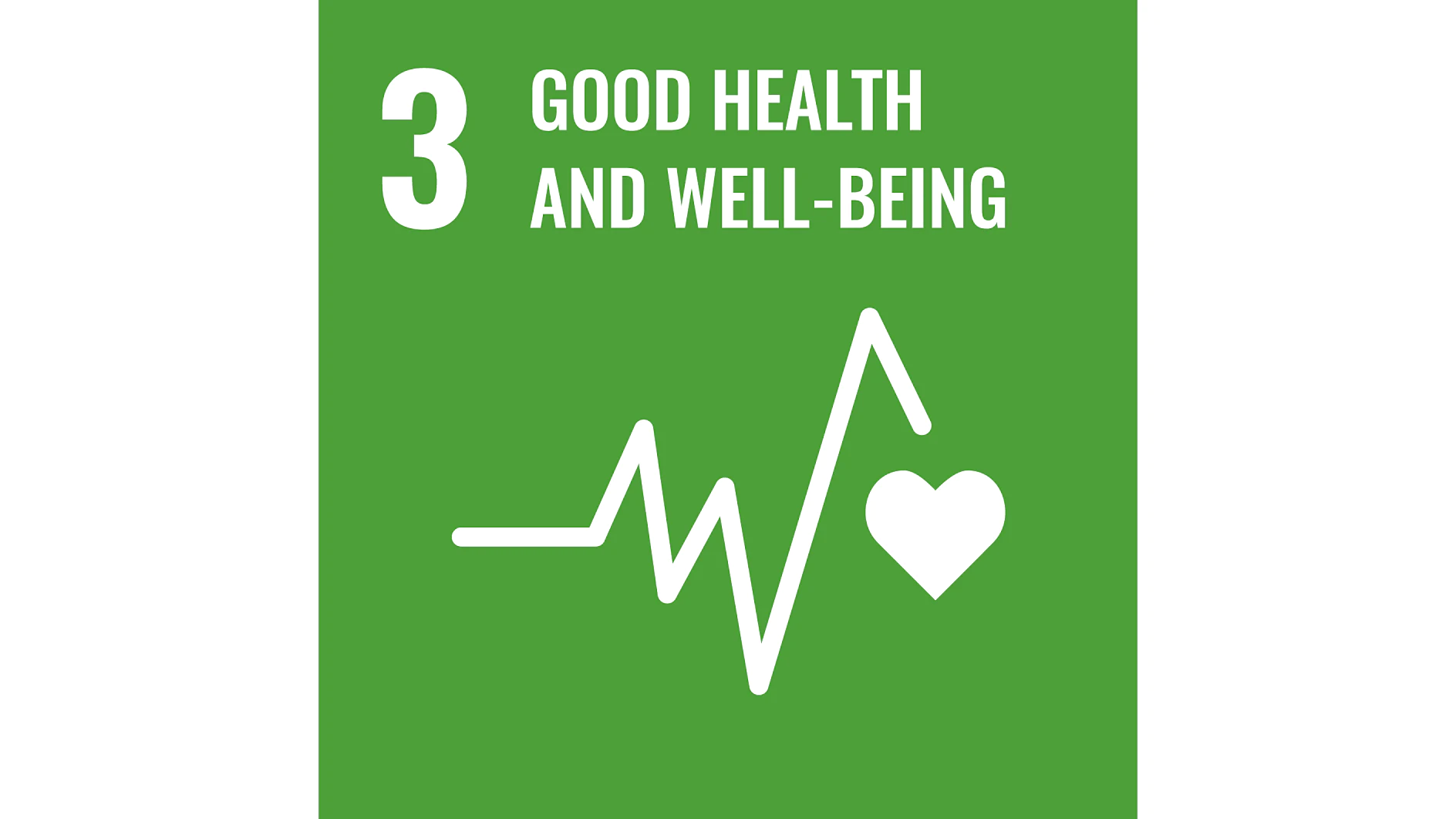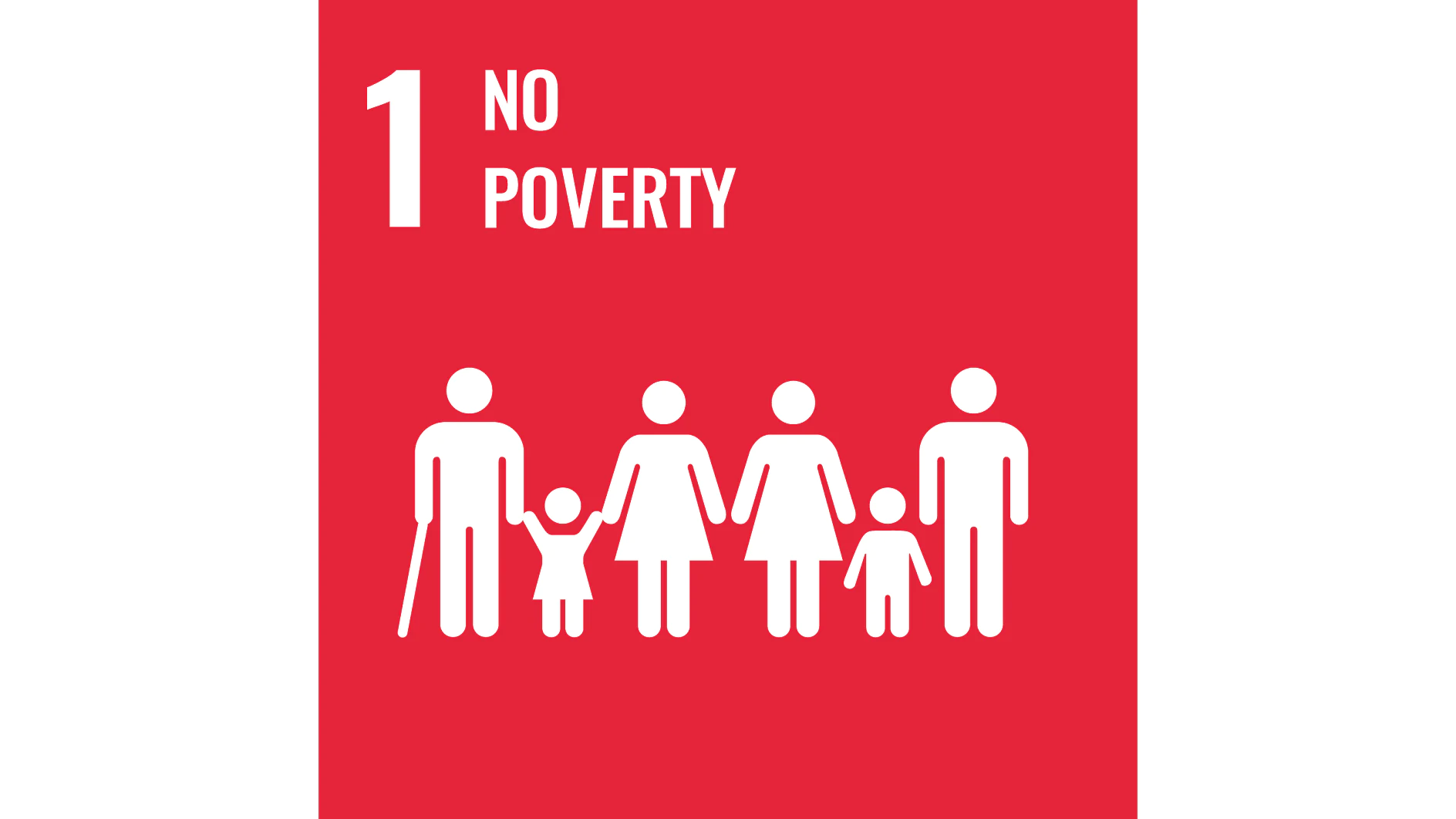When China put the city of Wuhan under lockdown due to the Coronavirus Disease 2019 (COVID-19) on January 23, 2020, more than 11 million people were suddenly cut off from the rest of the country and the world at large. Even though the lockdown was lifted after 76 days in April, China’s economy continues to feel its impact.

A higher calling: Our commitment to the environment
Sustainability
From reusing waste heat to reducing waste disposal, tesa® is utilizing technology and ingenuity to minimize its impact on the environment.
However, there was some good news. The halt of vehicular traffic and industrial activities led to a reduction in air pollution across Wuhan by as much as 63%. Experts estimated that this prevented the deaths of more than 10,000 across China as a whole. While this does not diminish the adverse impacts of COVID-19, it does highlight the indelible link between businesses, industries and the environment. For too long, short-term gains of the economy have been achieved at the expense of the planet.
As a member of the global community, we believe that it is not enough to do good business — we must be actively engaged in the business of doing good. Sustainability, then, cannot exist merely as a buzzword to grace advertisements and annual reports. Instead, it is about putting plans into action across the entire value chain — from the procurement of raw materials and recycling to the suppliers we work with.
The following is a showcase of what we at tesa® have achieved thus far.
A higher calling
Around the world, our company is known mostly for its self-adhesive products and solutions. However, at its core, we are a chemical company — and chemical companies, by their very nature, bear a tremendous amount of responsibility in managing natural resources and raw materials, as well as their overall impact on the environment. That’s why when the United Nations General Assembly created the Sustainable Development Goals (SDGs) in 2015, designed as a “blueprint to achieve a better and more sustainable future for all”, we jumped at the chance to contribute.
In total, there are 17 SDGs that can be taken up by individuals, universities, governments and companies. As a member of the Global Compact of the United Nations since 2006, we decided to make contributions of our own by embedding a number of SDGs into our core processes, including affordable and clean energy (No. 7), decent work and economic growth (No. 8), responsible consumption and production (No. 12), as well as climate action (No. 13). Since then, the company has made significant headway on all fronts.
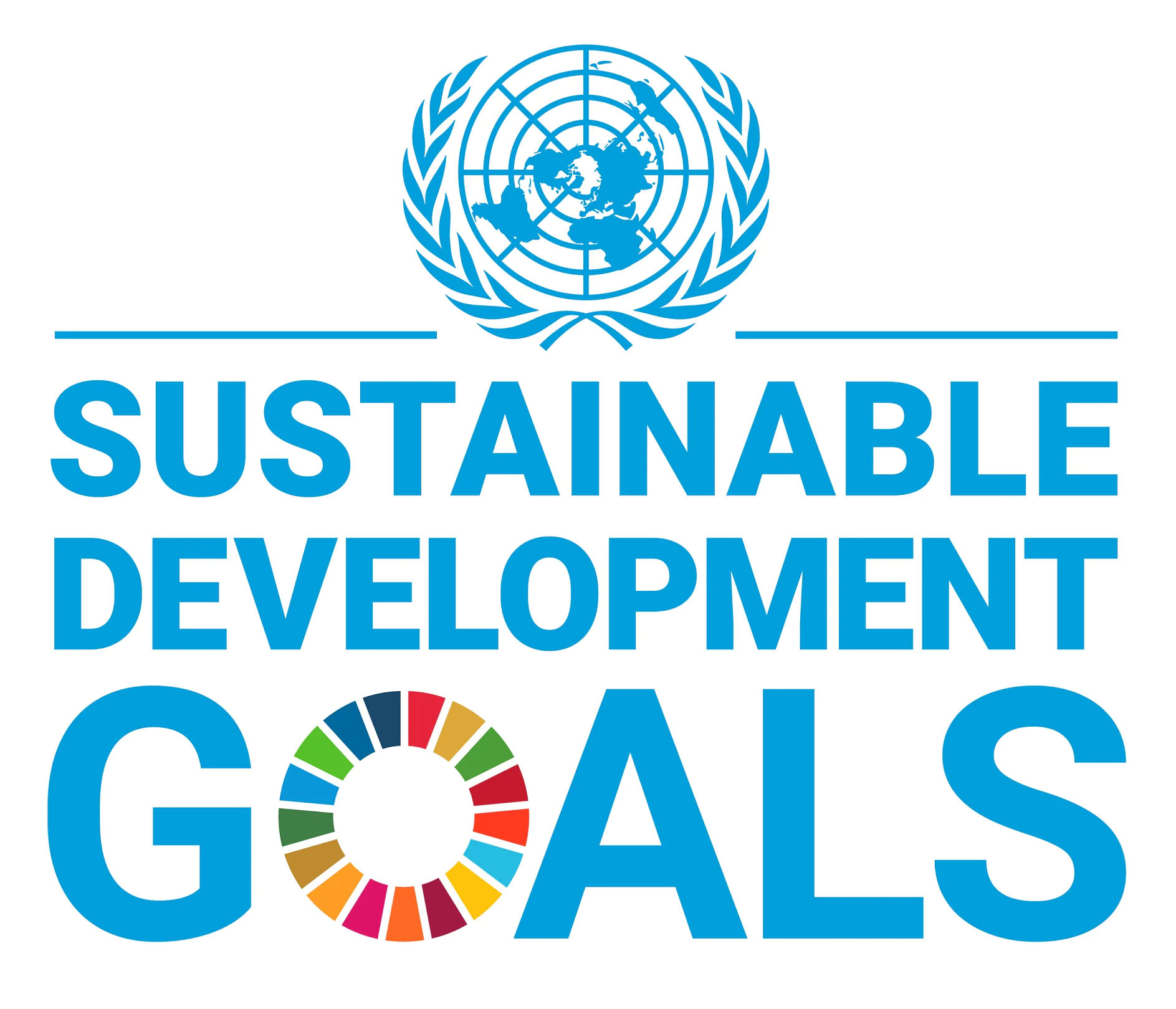
17 Sustainable Development Goals
Achieving energy efficiency — with the power of steam and waste heat
In the past, our many facilities around the world were significant consumers of energy and emitters of carbon dioxide (CO₂). When we took on the respective SDGs, these were areas we decided to focus on first.
We began by utilizing state-of-the-art resource-saving technologies. For example, steam and waste heat are byproducts of the production process that can be put to work. A combined cooling, heat and power system has been rolled out at our Offenburg plant while a combined heat and power system is now in operation at our Hamburg plant; these use steam and waste heat to heat water and spaces within the facilities themselves. In addition to energy efficiency, such efforts help reduce our overall CO₂ emissions — and the numbers reflect this too. Compared to 2015, tesa reduced its CO₂ emissions per metric ton of end product (market based) by 34.5% in 2019, with a further goal of hitting 50% by 2025.
Thanks to these and other similar efforts, many of our sites have attained International Organization for Standardization (ISO) certifications. So far, eight sites in Germany, China, Italy and the US have received ISO 14001, which certifies that they have maintained resource efficiency, waste reduction, as well as cost reduction. And while ISO 14001 is more focused on the qualitative nature of environmental impacts, ISO 50001 is more data-driven and, thus, more stringent. To that end, three of our sites have so far been ISO 50001-certified.
Reduce, reuse, recycle
There is no way around it; waste simply cannot be avoided in the production of adhesives, coating tapes and cutting rolls. That said, there are many ways to produce high-quality products while maintaining a relatively low ecological footprint. The key is to increase resource efficiency, improve packaging reusability and reduce waste across the entire product life cycle.
For starters, waste avoidance and reduction is typically the top priority and the go-to option. Improvements in machinery and production processes do help in this regard, but a significant part of minimizing waste comes from avoiding unnecessary packaging. In addition, as much as possible, the company uses cardboard, reusable pallets and single-source plastic — all highly recyclable or reusable materials. Even the ink and adhesive used on labels do not prevent the packaging itself from being recycled. Furthermore, metal or aluminum are avoided across the entire supply chain unless absolutely necessary.
In terms of reusing and recycling, nearly all hazardous waste containing solvents and non-hazardous waste are recycled. Wherever possible, we utilize renewable and recycled raw materials as well. For example, most paper and cardboard materials can be easily recycled after use. The plan for the future is to avoid plastic packaging (such as shrink wraps) altogether, going instead with bio-based or recyclable films.
Disposal, then, is often the last resort, and we work hard to minimize this. In 2019, out of the 17,700 metric tons of waste produced, 15,500 metric tons (or 87.5%) were recycled. By the end of 2020, we want to reduce waste volume per metric ton of end product by a further two percentage points from the 2015 reference year.
Awareness and education — both within and beyond
However, just having lofty sustainable goals and processes in place are not quite enough. At the core of every successful operation are the people that run the business — and the same applies for sustainability efforts. Not only do we provide our external stakeholders with candid, transparent information on our sustainability goals, the company performs extensive internal awareness campaigns as well.
For instance, our annual “Big Ideas Instead of Waste” campaign, which in 2019 was held at our Offenburg plant in Germany. The campaign seeks to continuously find ways to reduce energy and resource use across every step of our products’ life cycles. In 2019, some 27 projects involving waste and energy reduction were implemented.
Furthermore, as part of our Sustainability Agenda, we have also committed to the ‘Business Ambition for 1.5°C’ initiative. The initiative requires companies to implement appropriate measures and collectively limit the global temperature rise to no more than 1.5°C. As technology progresses, it is possible to reduce the amount of energy used in administrative and manufacturing processes. That is why, by 2050, our goal is to reduce our overall emissions down to zero.
Meanwhile, there is only a decade left for individuals, universities, governments and companies to fulfill their environmental pledges. That’s because the SDGs were always conceived by the UN as part of their global action plan for sustainable development, also known as 2030 Agenda.
However, 10 years is but a drop of water in the ocean and not enough for businesses to overturn their impact on the environment. That’s why for us at tesa®, the journey has only just begun.
